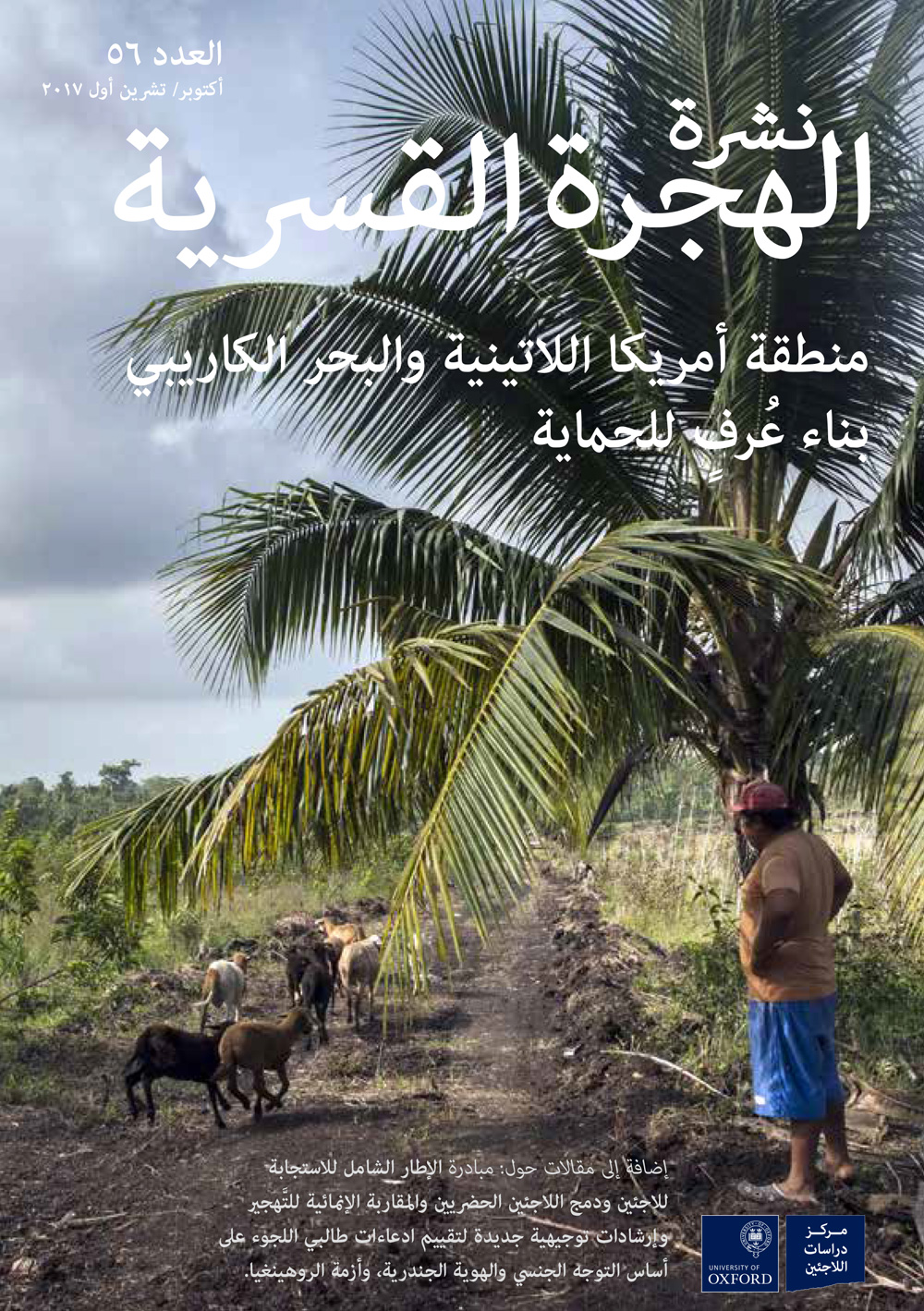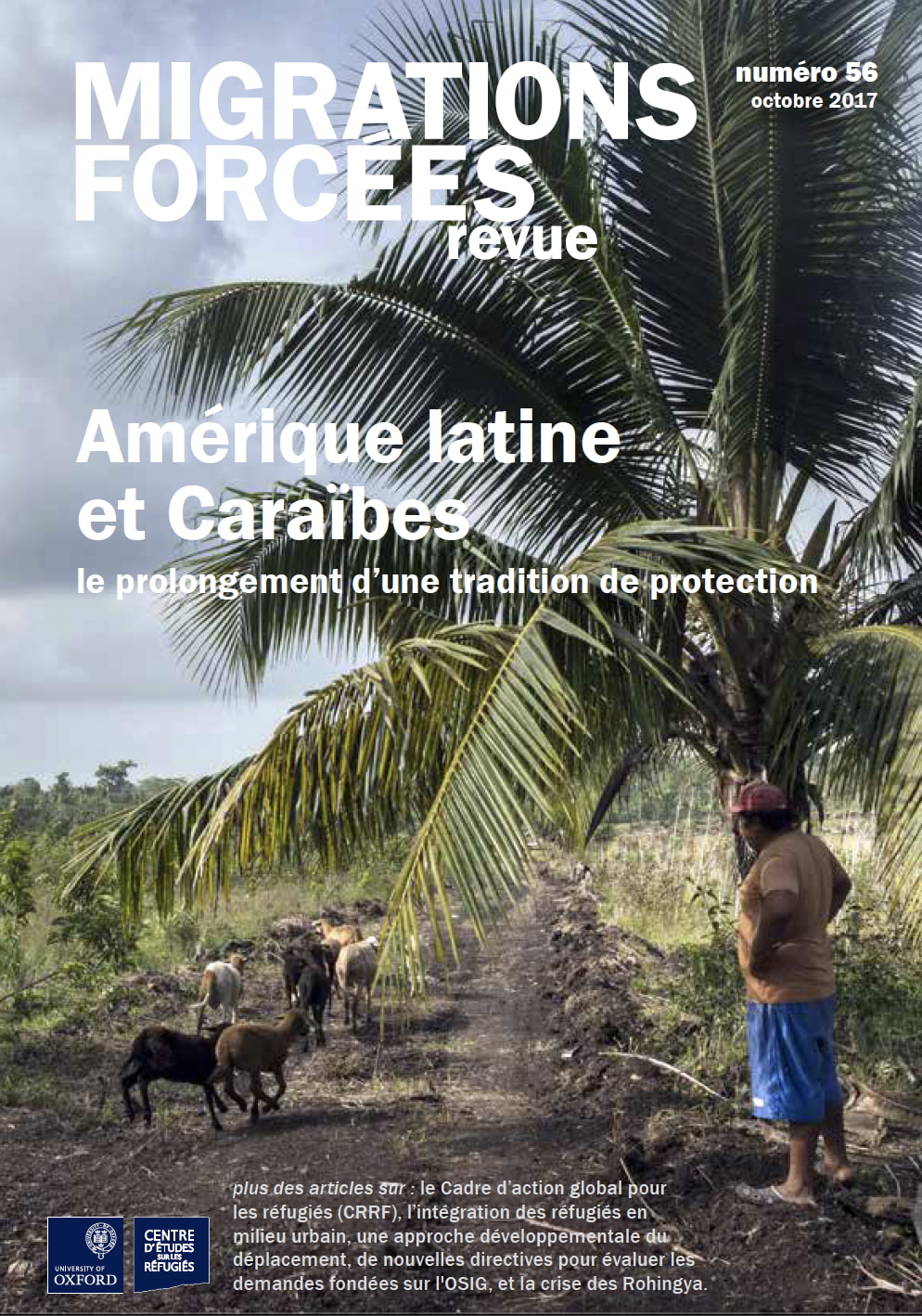From the editors
The region of Latin America and the Caribbean has long demonstrated hospitality towards those fleeing conflict and persecution within the region and further afield. Faced with newer causes of displacement, such as the violence of organised criminal gangs and the…
Eradicating statelessness in the Americas
With the adoption of the Brazil Declaration and Plan of Action in 2014,[1] 28 countries and three Latin American and Caribbean territories committed themselves to eradicate statelessness in the region following the guidelines of the UN Refugee Agency (UNHCR) Global…
Triggers of internal displacement in Guatemala
The signing of peace agreements in 1996 ended 36 years of civil war between the Guatemalan government and the Guatemalan National Revolutionary Unit.[1] An estimated 200,000 people were killed during the war, while about one million people were internally displaced…
Foreword: Regional solidarity and commitment to protection in Latin America and the Caribbean
As we observe the global picture of both protracted and newly developing displacement situations, Latin America and the Caribbean may look like a haven of relative safety, spared from recent massive displacements caused by persecution, conflict and violence. Regrettably, and…
Measuring local integration in Ecuador
Ecuador has the largest recognised refugee population in Latin America. Of the more than 230,000 refugees and asylum seekers in the country, 60,500 are registered refugees, 90% of whom are from Colombia.[1] Refugees and asylum seekers have freedom of movement…
القضاء على ظاهرة انعدام الجنسية في الأمريكيتي
باعتماد إعلان وخطة عمل البرازيل في عام 2014،[i] التزمت 28 بلداً وثلاثة أقاليم في منطقة أمريكا اللاتينية والبحر الكاريبي بالقضاء على حالات انعدام الجنسية في المنطقة وفقاً للمبادئ التوجيهية لخطة العمل العالمية التي وضعتها المفوضية السامية للأمم المتحدة لشؤون اللاجئين…



